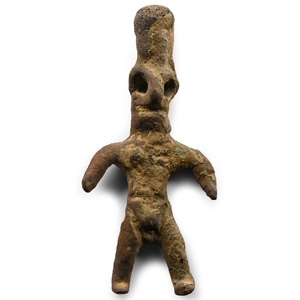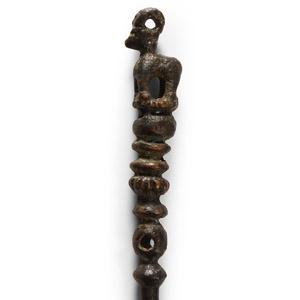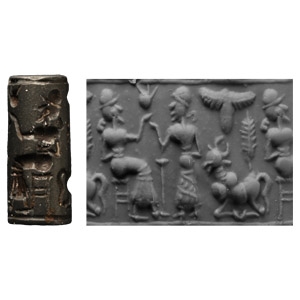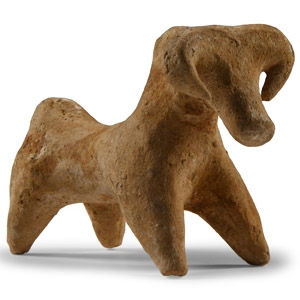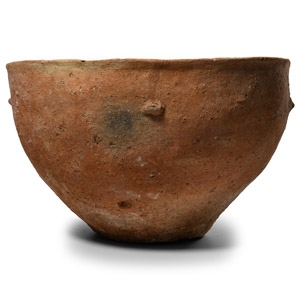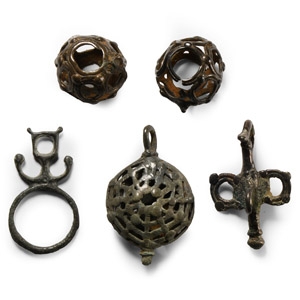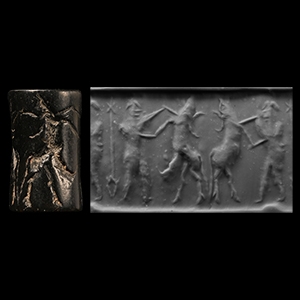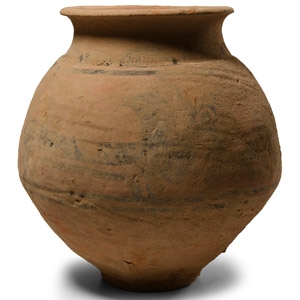Home > Auctions > 4 June - 8 June 2024
Ancient Art, Antiquities, Natural History & Coins
Auction Highlights:
UK private collection before 2000.
On the UK art market.
Property of a London gentleman.
UK private collection before 2000.
On the UK art market.
Property of a London gentleman.
From the property of late Mr SM, London, UK, 1969-1999.
Private collection Mr S.A., acquired in 1991.
Thence by descent.
The figurine was modelled simplistically and only the presence of a hump and horns makes it possible to identify the animal as a zebu, which was common in the prehistoric Mesopotamian world. Similar figurines, which reproduced animals and humans, are typical of Amorite art, named after a group of semi-nomadic populations who lived in the north-western part of the Near East in the 3rd and 2nd millennium B.C. From the 20th century B.C., the incursions and armed pressure that the Amorites exerted on the kingdom of Ur overthrew the existing dynasties and created several kingdoms throughout Mesopotamia whose dynasties retained a strong attachment to their original culture.
From an important collection of terracotta pre 1988, London and Geneva.
UK private collection before 2000.
On the UK art market.
Property of a London gentleman.
From a collection acquired from various auction houses in the UK.
From the estate of Mr R.W., a private Wiltshire, UK, collector; thence by descent.
Acquired 1980-2015.
Ex Abelita family collection.
Accompanied by an old collection ticket.
From the private collection of the late Mrs Belinda Ellison, a long time member of the Egyptian Exploration Society, c.1940-2020.
Acquired 1990s-2000s.
From the late David Gold (d.2015) collection of pottery.
David Gold and his brother were famous for setting up the first clothes shop in Carnaby Street and dressed the famous in the swinging 1960s, making Carnaby Street famous.
Acquired 1990s-2000s.
From the late David Gold (d.2015) collection of pottery.
David Gold and his brother were famous for setting up the first clothes shop in Carnaby Street and dressed the famous in the swinging 1960s, making Carnaby Street famous.
Property of a London gentleman; part of his family collection since the 1970s.
From a collection acquired from various auction houses in the UK.
From the estate of Mr R.W., a private Wiltshire, UK, collector; thence by descent.
Accompanied by a original typed and signed scholarly note by the late W.G. Lambert, Professor of Assyriology at the University of Birmingham, 1970-1993.
1093 - 1104 of 2809 LOTS

.jpg)

.jpg)
.jpg)
.jpg)
